Notre Dame rises from the ashes
From outside, the rebuilt gothic masterpiece now looks unchanged despite its catastrophic fire – inside, it’s is a very different story as it reopens before world leaders including Donald Trump.
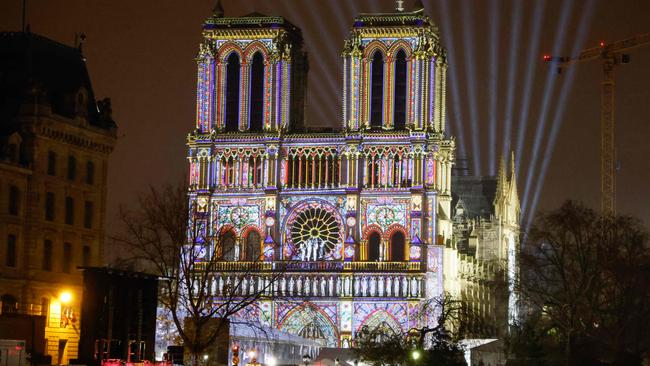
A collective howl of sorrow echoed around Paris and reverberated across the world when the spire of Notre Dame cathedral was toppled by a wall of flames on a clear, crisp spring evening 5½ years ago.
“We all remember that moment” graphic novelist Sandrine Martin said with a catch in her throat a few days later.
“Everyone in Paris cannot ever forget. It was shocking, very, very shocking”.
Martin didn’t know it then, but she would become one of an elite group of artists invited by French authorities to sketch and document the €1bn-plus stabilisation and reconstruction of the cathedral, a monumental architectural project that will culminate with its official reopening this weekend.
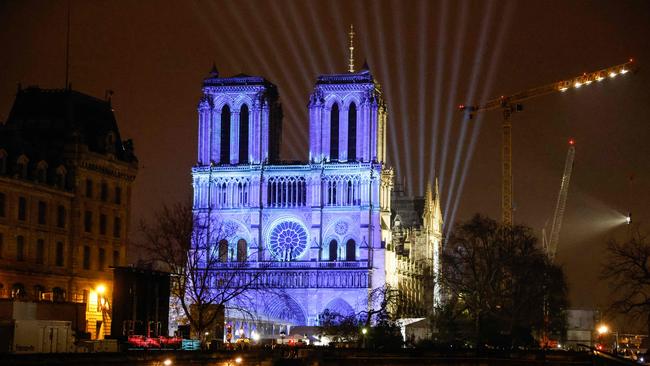
There is no building that has been more important to France – or more symbolic of the republic to the rest of the world than Notre Dame de Paris. In 1239, just 76 years after the laying of its first stone by Pope Alexander III, Our Lady became home to what was purported to be Jesus’s Crown of Thorns when King Louis IX – later to become Saint Louis – triumphantly delivered the relic, evidence of the passion of Christ, to France.
In 1804, Notre Dame was site of Napoleon I’s coronation only to become a lightning rod for the anger of rioters in the revolution of July 1830. Notre Dame withstood the wrath of the Luftwaffe and German bullets and in 1944, General Charles de Gaulle attended a thanksgiving Mass to celebrate the liberation of Paris.
During a visit to thank the army of specialist artisans who worked on the restoration last week, President Emmanuel Macron described the rebuilding of Notre Dame as “the project of the century”.
The burning of the cathedral, he said, had been a “national wound” and the craftsmen and women who returned the Gothic masterpiece to glory from the ashes had been “its cure”. The names of all 2000 artisans involved in the restoration have been inscribed on a scroll and, along with the relics of two Parisian saints, were placed inside the new spire as cranes hoisted it into place one year ago, almost to the day.
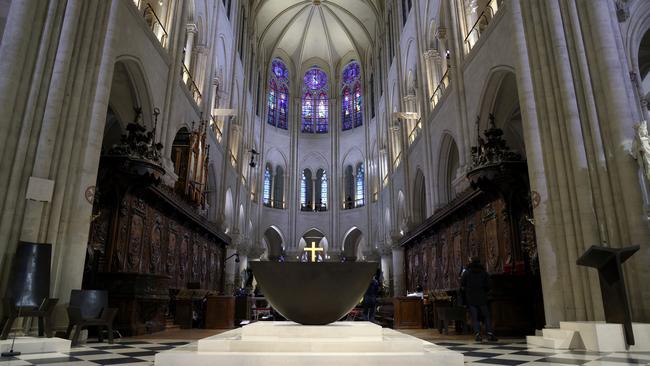
US president-elect Donald Trump on Saturday arrived in Paris to join other world leaders for the reopening.
The president-elect is to hold talks with Macron and may also meet Ukrainian leader Volodymyr Zelensky, one of scores of other world leaders descending on Paris for the day.
Prince William will “hold meetings” with Trump and outgoing US first lady Jill Biden while in Paris for the Saturday reopening on behalf of the UK, Kensington Palace said.

Walking the perimeter of Notre Dame not long after the catastrophic fire, I remember being struck by the fact that the 1000 oak trees needed to rebuild the spire, the transept and adjacent bays, had been planted just before the French Revolution by royal foresters responsible for ensuring the navy was kept in supply with fresh ship masts.
The new oaks may have been cut in 21st century mills but a group known as Carpenters without Borders – experts in medieval woodworking techniques – hand-finished every piece of the spire in a faithful recreation of 19th-century architect Eugene Viollet-le-Duc’s original drawings for his meticulous restoration of the cathedral.
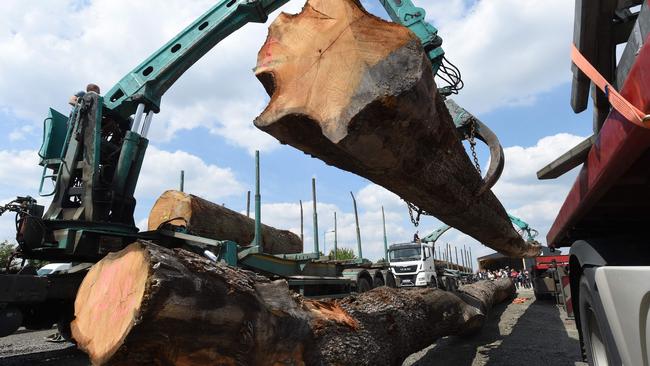
This week I was struck too by the incongruity of a President of the Republic talking about a religious building “living at the epicentre of French national life” and then, wryly amused to see that Macron, in keeping with French laicite, will apparently not enter the cathedral when he hands it officially back from the state to the church at a secular function on Saturday.
Instead, the Catholic President will attend the ceremonial and musical Mass on Sunday, joining several hundred other heads of state and celebrities to mark its return to religious life before the public are ushered in next week.
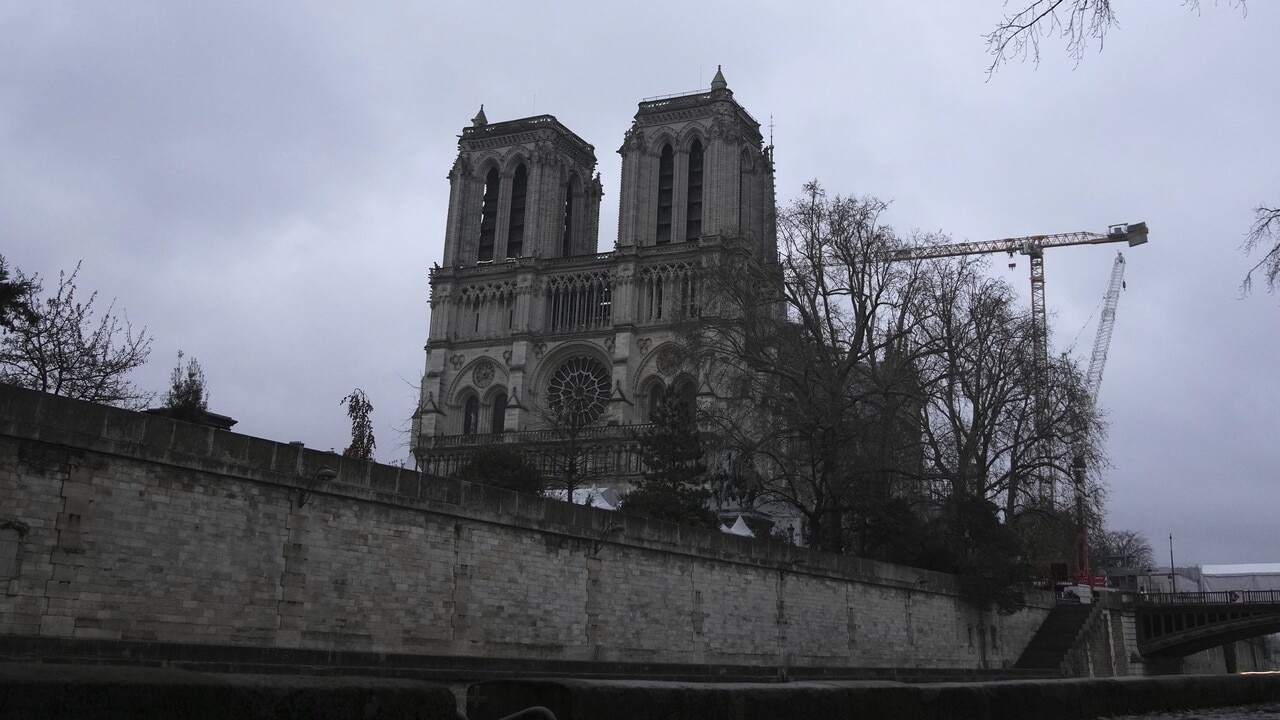
There was little doubt that France would rebuild its greatest monument and the extraordinary global outpouring of grief – underpinned by an unprecedented €1bn raised in donations from French and US super rich – guaranteed the project.
Debate on how the restoration should be done at times became acrimonious. Macron originally tried to encourage innovative, out-of-the box thinking from a plethora of brilliant young (and old) architects, but some of the designs were so bizarre – including a crystal spire and glass, garden roof – that chief public architect Philippe Villeneuve ended up describing the proposals as akin to giving Mona Lisa a nose job.
In the end, the traditionalists triumphed and the cathedral, at least from the outside, will look exactly as Viollet-le-Du envisaged for his 25-year restoration, launched in 1860. Villeneuve, his 21st-century successor, noted recently that modern restorers have indeed “left no trace of their passage”.
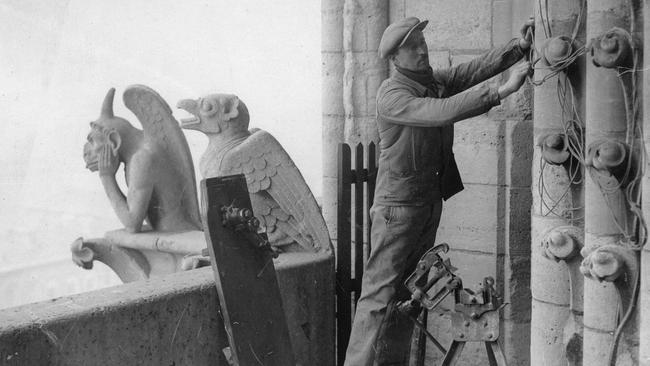
Inside however, it is a different story and the estimated 15 million visitors who will enter Notre Dame’s doors each year – up from 12 million before the fire – will find that the cathedral looks nothing like what they might remember from previous visits, postcards or books.
For a start, a couple of centuries of grime and candle smoke has been cleaned from stained glass, painting and sculpture. The vast stone walls, a muted grey in the past, have also been stripped of dirt and now, reportedly, look bright and creamy, a cleansing exacerbated by a caustic peeling required to extract toxic lead from the fire.
The vaults, which collapsed in the heat, have been seamlessly rebuilt, gold leaf fresh and glinting. For some, warn French public officials, the sheer brightness of colour and texture of the interiors may well be a bit of a shock.
A new monumental bronze altar and baptismal font, designed by sculptor Guillaume Bardet, will be in place, its curved sides evoking a pair of uplifted arms, 1500 new curve-back chairs, new high-tech LED lighting, programmable depending on the season or the event being held inside. Visitors will be able to book a timed spot online for the first time – an estimated 40,000 are expected each day – and once there, will follow a carefully curated path, a kind of “pilgrim’s way” to explain the import of the chapels, paintings and sculptures to the Catholic faith in multiple languages via a phone app.
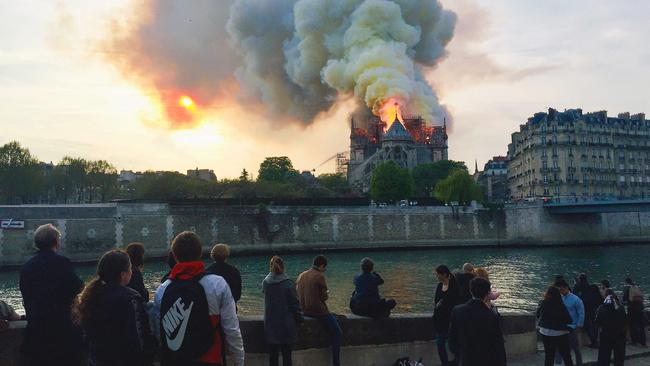
A personal highlight will be at the apse at the far east end of the church to see the Crown of Thorns in its new, specially designed reliquary.
This most fascinating and precious relic of Christendom was saved by the quick thinking of the Paris fire brigade’s chaplain, Father Jean Marc Fournier, and since the fire, the crown has been housed in the Louvre.
From Monday, it will seem to float in a glass hemisphere, inside a 4m-high, 2.6m-wide alter made of cedar: untouchable, mysterious and, like the cathedral itself, miraculous in its survival.



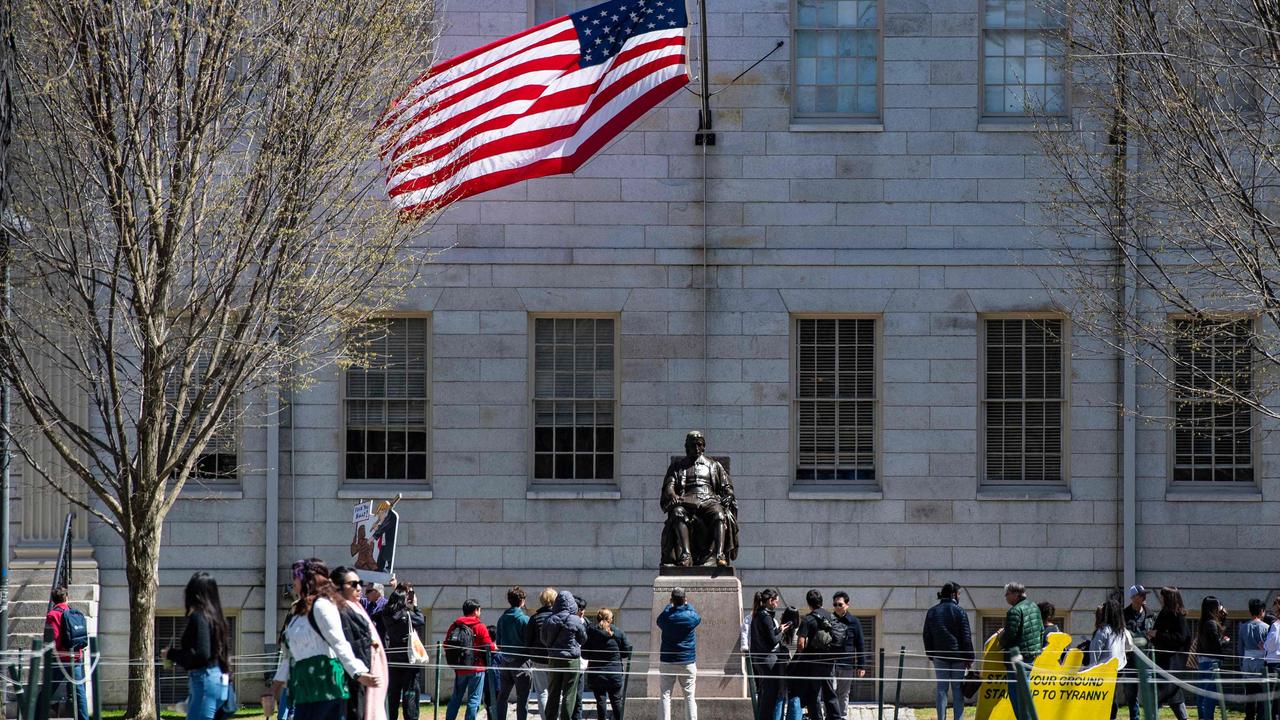

To join the conversation, please log in. Don't have an account? Register
Join the conversation, you are commenting as Logout